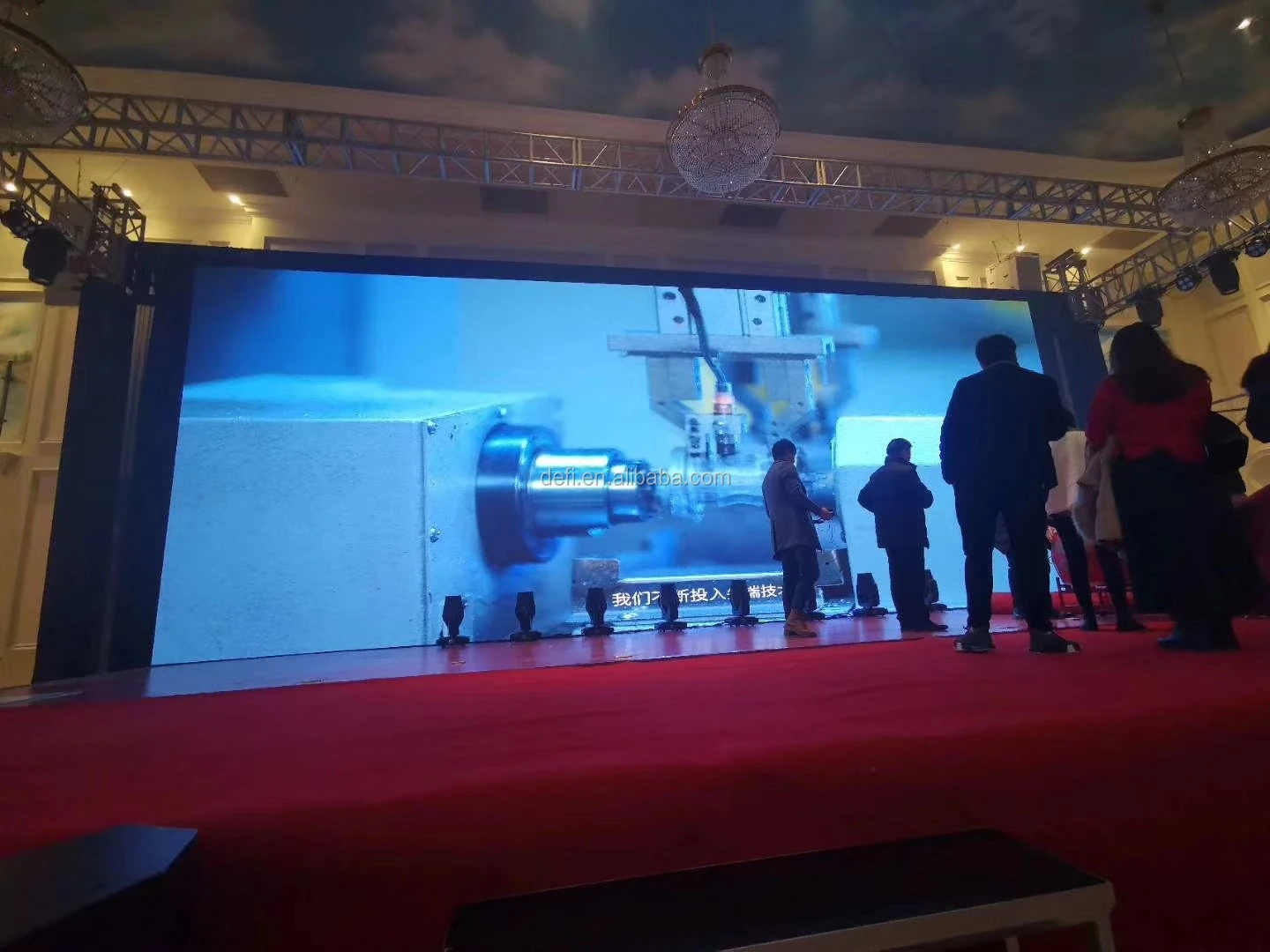

As students often have difficulty remaining engaged when sitting far away from a lecturer, educators can compensate for this by providing supersized presentation material.Ģ. There is plenty of room in a lecture hall to fit two or more projectors, and that takes care of the only significant impediment to edge blending.īecause edge blending extends image boundaries, educators can use this extra space for additional lecture notes or for media. In a standard size classroom, edge blending may not be desirable, but in a large lecture hall or auditorium, it can be taken full advantage of. Education – Projectors are a mainstay at universities, and have gained some traction among K-12 schools as well. Consider some of the applications that edge blending can be deployed for, including:ġ. The question remains, why even fiddle with edge blending to begin with? Can’t the projectors just be arranged so that their projected images are right next to each other? Both of those questions are easy to answer and suggest why edge blending is particularly useful. Still, edge blending is a valuable feature to look for in a projector, and a valuable skill to nail down. In most cases, edge blending isn’t necessary when putting together environmental projection imagery.

And edge blending is typically only needed when the image is displayed on a surface that can be best described as environmentally neutral. Fortunately, modern projectors are designed to facilitate edge blending modes, so a little fine tuning is all it takes. Going strongly horizontal or vertical is a simple way to execute an impactful look, but it does take a little fine tuning to get it right. It’s axiomatic that people prefer larger, more dramatically shaped images. For some applications, a single projector just may not cut it.


 0 kommentar(er)
0 kommentar(er)
